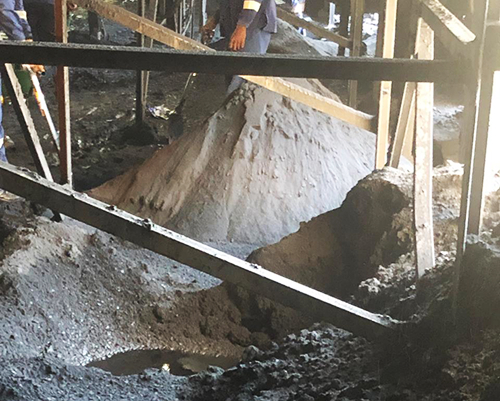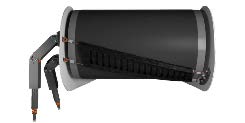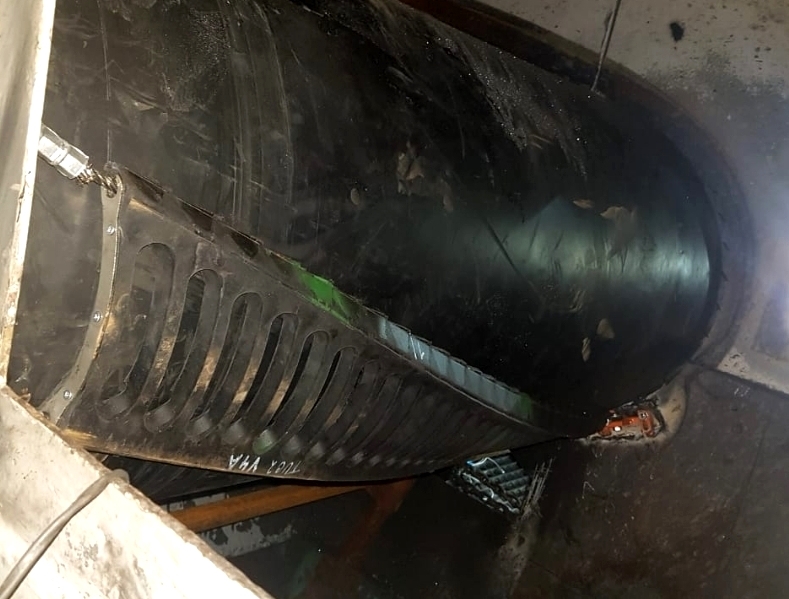| Products Used | CleanScrape® Primary Cleaner |
|---|---|
| Product Types Used | Belt Cleaning Solutions , CleanScrape® Cleaner , Primary Belt Cleaners |
| Industry | Ports and Terminals |
| Customer | TransNet Port Terminals, Richards Bay, KwaZulu-Natal, South Africa |
SOLUTION
Transnet Port Terminal at Richards Bay, one of South Africa's largest ports, was experiencing excessive spillage at eight of its conveyor discharge zones. Transporting raw materials such as magnetite, chrome, coal, chloride and zircon on 1350 mm and 1500 mm (54 in. to 60 in.) belts, fines were adhering to the belt and carryback spilled along the belt path, causing it to pile underneath the system and spill out into walkways. Along with product loss, workers would have to be pulled from other duties to clean up under and around the system. Several different brands of primary and secondary cleaners were installed in an attempt to mitigate the problem, but they were unsuccessful. To reduce the cost of operation and improve safety, managers sought a solution.

Piling waist high in some places, the spillage extended onto walkways and restricted safe access.
SOLUTION
Invited to inspect the system and resolve the spillage issue, technicians from Martin Engineering South Africa performed a detailed Walk the Belt™ inspection to determine the best course of action. Due to the varying nature of the material, technicians replaced the existing cleaner with a CleanScrape Primary Cleaner. Installed diagonally across the discharge pulley to form a three-dimensional curve, the design uses a matrix of tungsten carbide scrapers to dislodge material. The cleaner is tensioned once upon installation, requiring no further adjustment. With 4x the equipment life of other cleaners, the CleanScrape reduces carryback and delivers superior performance, reducing the cost of operation.

Low space requirements at installation allows the CleanScrape to fit into tight spaces.
RESULT
Operators report that spillage along the length of the belt has been drastically reduced and no longer piles up around the conveyor structure. The material discharge efficiency has improved production and reduced maintenance requirements, giving operators more control over labor costs, while reducing the need to perform potentially hazardous cleaning near the moving conveyor. "There has been a huge improvement in the amount of spillage since the scrapers were installed," said a manager close to the project. "As a result, we will be installing more CleanScrape units to improve efficiency for the entire plant."

The unique design improves cleaning across the entire belt profile for more efficient discharge.